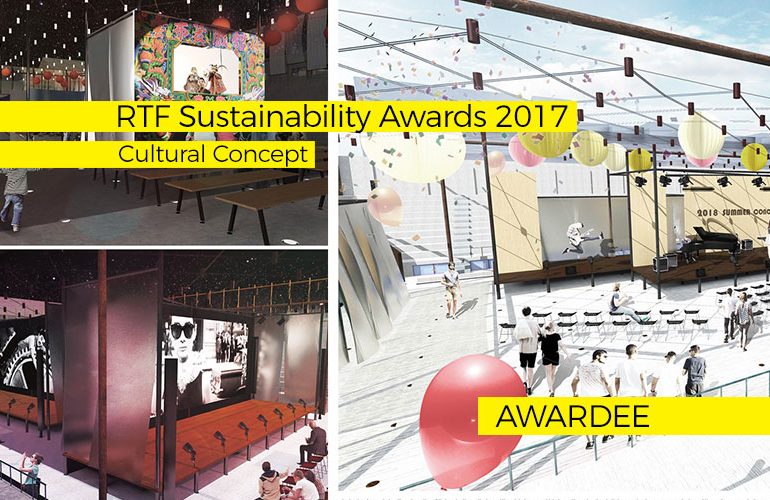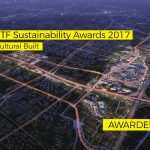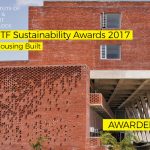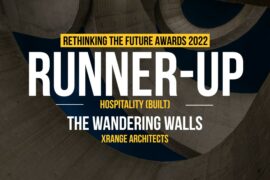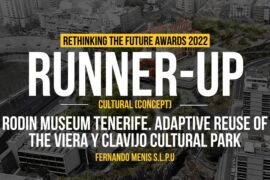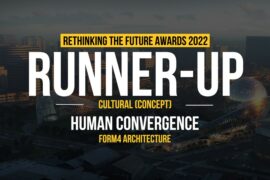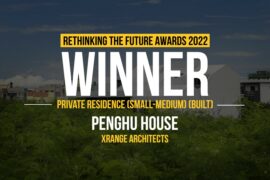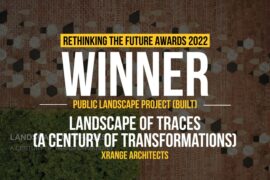In today’s society, the density of living in the city is getting higher and higher, the physical distance between people is getting closer and closer, but the reliance on the network makes the actual distance between people farther and farther, therefore, if we can redesign the idle space like abandoned stadiums, old buildings, etc., turn them into the new connection between the citizen, we can enhance the feelings between people, gather the centripetal force between the community, reduce the conflict and the indifference between people.
RTF Sustainability Awards 2017
First Award | Category: Cultural (Concept)
Architect: Tai Yuan Huang & Yen Chun Hsiao
University: National Taiwan University of Science and Technology
Country: Taiwan

The pursuit of social progress and development must be accompanied by a large amount of infrastructure, however, in Taiwan, more than 800 idle buildings have been accumulated In the past 2 decades. Not only wasted more than 261 billion NTD in construction costs but also make the debt of Taiwanese government approaching to 7 trillion NTD.

A lot of new construction not only wastes many public funds but also produces a lot of waste. The construction of each new building will result in energy consumption and manpower consumption, in addition, it will also cause a lot of air pollution during the construction period.

Therefore, how to redesign and recreate the idle buildings and turn them into the ideal public spaces is an important issue to think about. In this case, the concept of the construction is to compose the variety of different function by the most simple components. Try to maximize the flexibility of space reuse on the premise of minimizing the construction costs and resource consumption.

- SITE
Hsinchu Public Activity Center is at the center of Hsinchu city, it was built in 1950 as a tennis court, it became an idle building after several new stadiums were built and it is used as a parking lot now. Hsinchu Public Activity Center is at the center of Hsinchu city, it was built in 1950 as a tennis court, it became an idle building because the use of it is not as good as expected.
- PROGRAM
The concept of the different programs of the idle buildings is based on the front yard of traditional Taiwanese temples, mix the modern activities and the traditional daily activities which usually happened in the temple’s front yard. Therefore, the design must contain the characteristic of the modern plaza and traditional temple’s front yard.

Temple’s front yard, recorded the history of Taiwan, depicting the most authentic Taiwanese activities and the most sincere feelings, until today, the temple’s front-yard is still the most intimate public space for the people of Taiwan, celebration of birth, pray in faith, happiness of the wedding, released for the death, such precious.
All the units can be composed together based on the modular design theory and can be copied to other idle buildings.
If you’ve missed participating in this award, don’t worry. RTF’s next series of Awards for Excellence in Architecture & Design – is open for Registration.
Click Here

